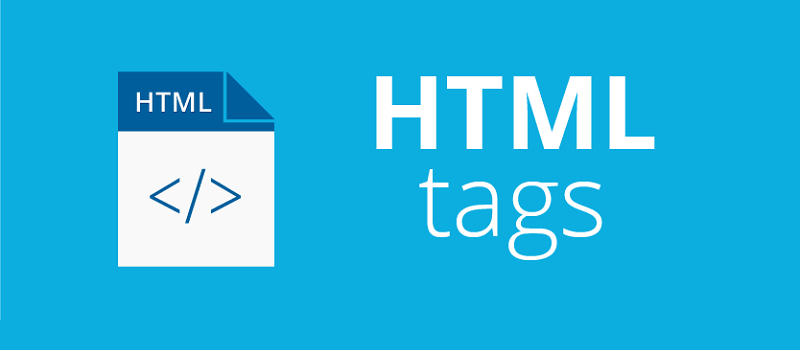Understanding the meaning and composition of HTML tags is one of the first steps for any professional who aspires to become a web developer or engineer. In this post we will know what is an HTML tag and some examples of them.

HTML is a markup language, which means that it is written in code that a person can read without having to compile it first. In other words, the text on a webpage is “marked” with these codes to instruct the web browser on how to display the text. These markup tags are the HTML tags themselves.
Tags anatomy
When you write code in HTML, you are writing HTML tags. All HTML tags are made with a number of specific parts, including:
- The character “less than” <
- A word or character that determines which label is being written
- Any number of HTML attributes to be used, written in the form name = “value”
- The character “greater than”>
Hypertext (HTML) is a computer language that makes up most web pages and online platforms. HTML is not considered a programming language, as it cannot create dynamic functionality. However, web users can create and structure sections, paragraphs, and links using elements, tags, and attributes.
There are currently 142 HTML tags available that allow you to create multiple items. Although some new computers no longer support some of these, it is important to keep track of their existence.
What are the basic HTML tags?
There are a number of tags that are most commonly used to create any HTML document:
- <body> for content
- <head> for document information
- <div> division within the content
- <a> for links <strong> to put the text in bold
- <br> for line breaks
- <H1>… <H6> for titles within the content
- <img> to add images to the document
- <ol> for sorted lists, <ul> for unordered lists, <li> for items within the list
- <p> for paragraphs
- <span> for styles of a part of the text
